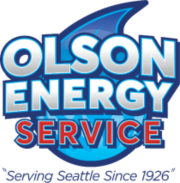-
Get the Inside Scoop on Fireplace Inserts
Even homeowners who appreciate the good qualities of fireplaces may balk at the expense of purchasing firewood and the chore of maintenance. If you want to be able to enjoy a fireplace in your Seattle home without any of the drawbacks, consider having a fireplace insert installed. When you have your insert installed by a seasoned professional, you can count on all the advantages of having a fireplace without any of the problems. Here are the answers to questions that homeowners often have about fireplace inserts.
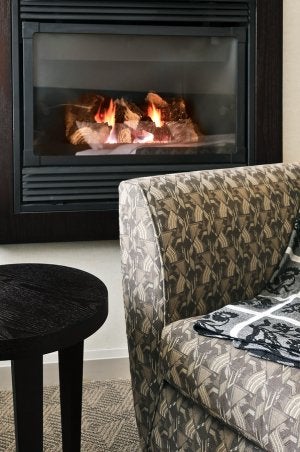
Will an insert fit in my fireplace?
This is actually the first question you should ask before making the decision to purchase an insert. It’s important to make sure that your fireplace is actually the appropriate size for an insert. Do thorough measurements of your fireplace’s height and width—including both at the front and back of the fireplace—to ensure that you don’t inadvertently buy an insert you can’t use.
What kind of fireplace insert should I buy?
You can choose between an insert that runs on wood, gas, or pellets. The type of insert you pick depends on your budget and on how you intend to use it. A wood insert is the best option if you want to replicate the look and feel of a traditional fireplace. Gas inserts can be used in tandem with your current furnace system to help curb your heating expenses. Pellets are an inexpensive option but do require a good deal of maintenance.
What kind of venting do I need for a fireplace insert?
This depends on what type of fireplace insert you have invested in. Wood and pellet inserts generally have the same type of venting as traditional fireplaces. Some types of gas inserts don’t require any venting, while others use chimney venting similar to the kind used by wood and pellet inserts. If you’re using an electrical insert, you will not need to worry about venting it at all.
-
Tips for Saving Energy in the Spring and Summer Months
When the weather starts to get warm, you’ll probably find yourself using your air conditioning more often so you can keep your home comfortable. Simply relying on your air conditioner, however, can be an expensive proposition. Fortunately, there are some simple steps you can take to help rein in your energy expenses when you need to cool down your home. Having your air conditioner serviced by a Seattle HVAC professional is a must for ensuring that your system is running as efficiently as possible—and that you aren’t wasting money. Here are some additional tips for saving energy in your home:
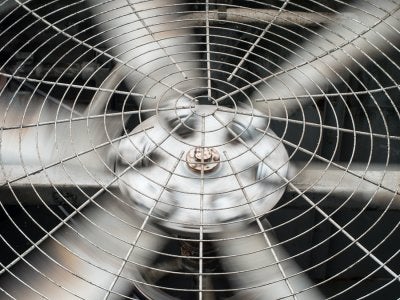
Use fans. Ceiling fans cost much less to operate than air conditioning, so they’re an excellent choice for keeping individual rooms cool. Make sure that your ceiling fans are spinning counterclockwise, which means that they’re blowing air down. Even a simple portable fan in your bedroom can help keep you cool while you’re asleep, reducing your need to run your air conditioning all night long.
Keep your windows open. Opening a window during the day can circulate a breeze inside your home and help you stay cool. This method works especially well during spring, when the weather is just warm enough to be comfortable. If you want to ensure that your indoor air stays clean, you can use a screen to filter out the pollen and other pollutants while still bringing in the fresh air.
Use a programmable thermostat. Think of all the times you’ve left your air conditioning running at full blast when nobody was home—or when everybody was asleep. Having a programmable thermostat fixes that problem by allowing you to put your air conditioning on a daily schedule, using it only as much as you need to. You can even adjust your programmable thermostat remotely, using your mobile device.
““
-
What to Expect During AC Maintenance Services?
Your air conditioning needs cleaning and a checkup from time to time in order to stay in excellent condition. Professional air conditioning maintenance is the perfect way to ensure that your HVAC system is ready for the summer. An experienced technician can provide you with the services you need to enjoy fully functional air conditioning during the warm months. If you’re wondering what you can expect during a routine air conditioning maintenance visit to your Seattle home, keep reading.
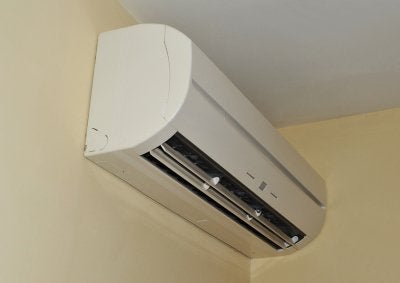
Checking the outside components. The first step of air conditioning maintenance is to inspect the outdoor unit. Its accuracy will be tested, its wiring will be checked, and any dirt or debris that has gathered will be removed.
Inspecting for mold. Mold growth can be a serious health hazard anywhere in your home, but it is particularly dangerous when it happens inside your air conditioning vents, where it can contaminate the air that you breathe. An HVAC technician can check to ensure that your system hasn’t become infiltrated by mold.
Changing the air filter. If your air conditioning has been running less efficiently than usual, it may be the result of a clogged filter. During your air conditioning maintenance, your HVAC technician will usually change out your old air filter for a new one.
Checking the thermostat. Checking your thermostat is another important part of routine maintenance. If your thermostat has lost calibration over time, your HVAC technician can recalibrate it in order to ensure that it provides you with accurate temperatures.
Inspecting the system components. Your HVAC technician will also take a look at the internal components of your central air conditioning system to ensure that they’re all working properly. This includes checking the condensate drain, any moving parts, and all electrical components.
Doing a safety check. Finally, a routine maintenance service will include a safety check to make sure that your air conditioning system is safe for you to use. If there is any rust in your system, for example, your technician will remove it.
““
-
How to Expand the Lifespan of Your HVAC Unit?
During the chilly months of winter and the hot summer season, your heat pump and air conditioner will keep your home at your desired temperature. In order to avoid the need for major repairs to your HVAC near Seattle , you will want to take all of the steps that are needed to prolong the lifespan of your heating and cooling system. By taking the time to maintain your air conditioning and heater, you will get the best performance and longevity from your system. Read on for some handy tips that will help you expand the lifespan of your HVAC unit.
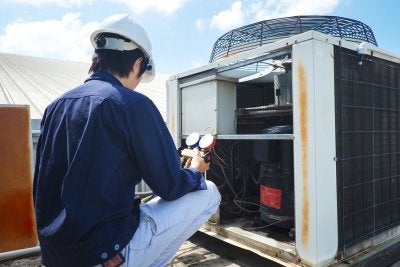
Change the Air Filters
One of the most effective strategies for expanding the lifespan of your HVAC unit is to change your air filters regularly. If your HVAC system is operating with a dirty air filter, its various components may have to work harder to deliver clean, conditioned air to your vents. During the peak heating and cooling seasons of the year, your air filter may need to be changed up to once every month.
Resist Closing Vents
While it may seem like a good idea to close off air vents in rooms that are infrequently occupied throughout your home, closing your air vents can actually cause your HVAC system to deteriorate more quickly. When you close off one or more air vents, you will increase the total pressure of the system. As a result, your HVAC components will experience additional wear and tear, and will need to be replaced sooner.
Set Up Preventative Maintenance
If you want to keep your HVAC system in prime operating condition for decades to come, you will need to set up preventative maintenance services with your HVAC professionals. During a preventative maintenance appointment, your technician will check out the safety, performance, and reliability of all of the major parts of your system. Addressing maintenance problems before they become severe is an effective strategy that will help your HVAC system run smoothly for a longer period of time.
““
-
What Is a Ductless Heat Pump?
HVAC appliances like your air conditioner, furnace, and ductless heat pump near Seattle aim to keep you and your family as comfortable as possible in your home. Certain heating and cooling methods are more effective and efficient than others, however, which is why many of those who own homes in temperate climates choose ductless heat pumps. This is a specific type of heat pump that may best suit the needs of your living space. If you’re considering a heat pump for your home, continue on to learn a little bit about ductless heat pumps.
A heat pump can bring your home a new level of efficiency, which will reflect in your energy bills. This type of HVAC unit can actually be used to heat or cool your home, so it’s a great appliance to have all year long. A ductless heat pump is different from a standard heat pump in that it does not rely on existing ductwork to pump heated or cooled air through your home. This means that you won’t have to spend the extra money to have ducts added to your home or have your existing ductwork modified. Instead, the ductless heat pump connects to an indoor air handler.
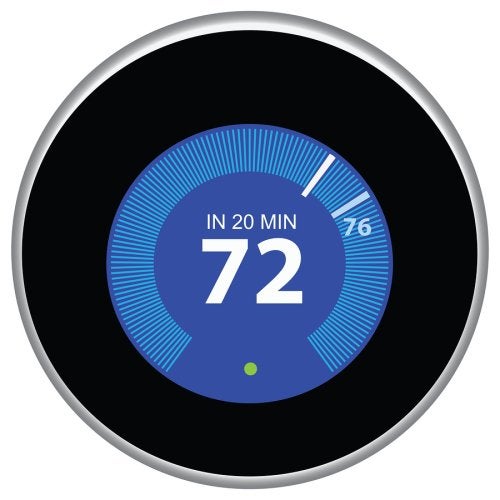
““
-
Spotlight on Duct Cleaning Services
Are you interested in increasing the quality of your home’s indoor air? If so, then consider services for air duct cleaning near Seattle. If you have central air, then your air conditioner and heater use ductwork to transport conditioned air throughout your home. Over time, buildup can occur within the ducts, or damage to their structure can allow for dirt and moisture to enter the system and lead to mold growth.
If your ducts have mold, dirt, and other debris in them, the particles and spores might be getting pushed into the rooms of your home every time that the system runs. This can lead to reduced indoor air quality caused by air pollutants and allergens.
Having an air conditioner and heater service come to clean out the ducts has the potential to increase your home’s indoor air quality. When the air in your home is cleaner, this can help keep your family healthier and reduce any symptoms that they are experiencing which are related to dust, allergen, or mold exposure. Additionally, cleaner ducts can mean better HVAC efficiency and a longer lifespan for the system.
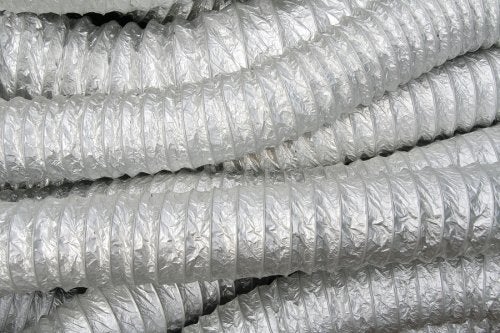
-
What Is a Ductless Air Conditioner?
Are you considering installing ductless air conditioning near Seattle ? Ductless air conditioning is a great choice for residential or commercial buildings that have non-ducted heating systems or lack space for adding ductwork. Keep reading to get the scoop on what a ductless air conditioner can do for you.
How It Works
A ductless mini-split air conditioner is composed of two main elements. One, the compressor and condenser, is installed outdoors. The other is an indoor unit that diffuses air throughout the room. The two components are connected by a conduit, which contains the multiple cables and tubing that the system requires. Several indoor air handling units may simultaneously be connected to one outdoor unit. The result is that each indoor unit handles the temperature in its own “zone,” meaning that you can control the heating and cooling system in each room individually.
How It Looks
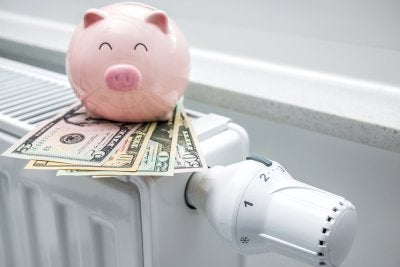 Ductless mini-split systems are small and relatively easy to install. Installation of the conduit only requires a small hole in the wall about three inches in diameter, so it won’t require a major remodel. The indoor units of ductless air conditioners can be installed in the most convenient place for you, whether that’s hanging from the ceiling or the wall. And their sleek packaging blends seamlessly with your interior design. Placement of the outdoor unit is equally flexible; it can be installed at a distance of up to 50 feet from the indoor unit, meaning you can choose an inconspicuous location near your building.
Ductless mini-split systems are small and relatively easy to install. Installation of the conduit only requires a small hole in the wall about three inches in diameter, so it won’t require a major remodel. The indoor units of ductless air conditioners can be installed in the most convenient place for you, whether that’s hanging from the ceiling or the wall. And their sleek packaging blends seamlessly with your interior design. Placement of the outdoor unit is equally flexible; it can be installed at a distance of up to 50 feet from the indoor unit, meaning you can choose an inconspicuous location near your building.How It Saves Energy
Ductless mini-split systems can help you save on your energy expenses in a few ways. Most air conditioning systems that use ducts run through spaces that are not temperature controlled, such as the attic or crawlspace. This leads to energy losses and causes your cooling system to work extra hard. As mini-split systems don’t use ducts, they avoid this loss of energy. In addition, the flexibility of mini-split systems also helps you save energy and money by allowing you to cool only the spaces that are occupied at a given time.
RECENT POSTS
categories
- Uncategorized
- Air Conditioner
- Fireplace Inserts
- Fireplace Insert Installation
- Air Conditioning Installations
- Air Conditioning Units
- Air Conditioner Maintenance
- HVAC Professionals
- Heat Pump Installation
- Heating and Cooling
- HVAC Unit
- Heat Pumps
- Furnace
- Furnace Service
- Tankless Water Heaters
- Water Heaters
- Energy Efficiency
- HVAC Contractors
- Olson Energy Service
- Mini-Split Systems
- Ductless Air Conditioner
- Residential Services
- Seasonal Boiler Maintenance
- HVAC Maintainance
